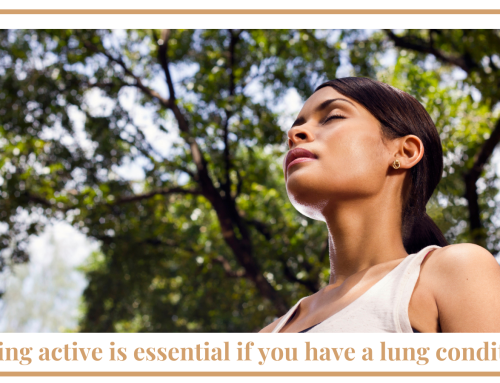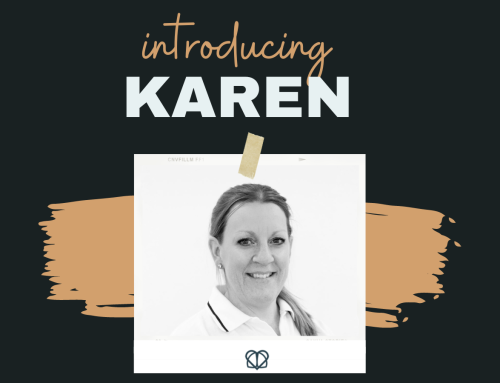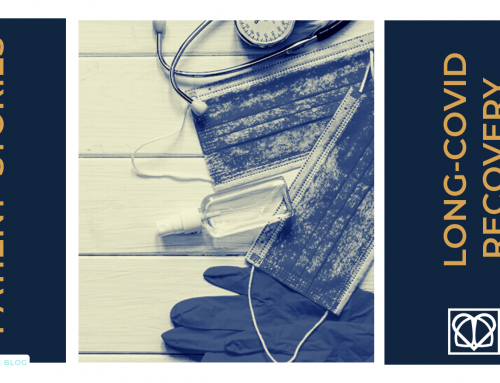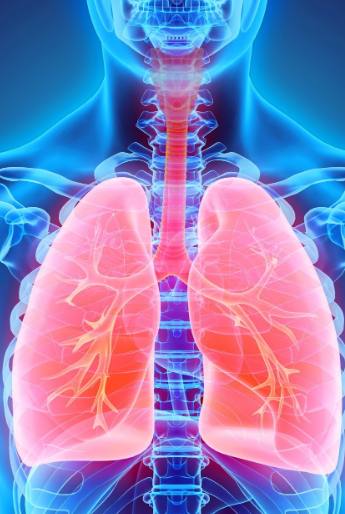
The most important thing is to get your heart rate up – get your blood pumping! Make sure you use the large muscle groups. You don’t need to go to a gym or even leave the house to be able to do these mobility exercises so there really is no excuse for not building in some basic exercises during your day. If you struggle with balance then using a chair is the perfect way to ensure you remain stable throughout your routine.
Here are a few examples of exercises that you can do in the comfort of your own home that will raise your heart rate and use those major muscle groups. If you have any heart problems or have any doubts about completing exercises at home, please consult your doctor.
Here are a few examples of exercises that you can do in the comfort of your own home that will raise your heart rate and use those major muscle groups.
Sit to stand exercise
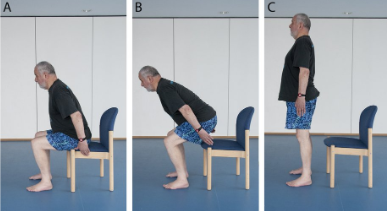
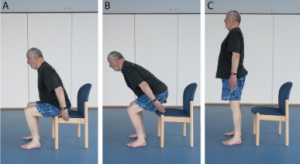
This functional exercise is one of the best forms of mobility exercises for those aged 65+. It helps strengthen the leg, core, and back muscles – all of which are important muscles for maintaining mobility and independence.
Standing hip extension
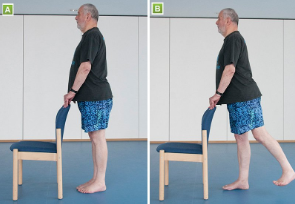
The standing hip extensions helps maintain your leg strength and balance. These exercises will not only stretch your hip flexors but they will firm and tone your buttock muscles too
Seated hip marches
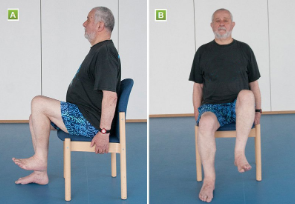
Seated hip marches are a great exercise for lower body strength, helping to strengthen your hips and thighs, as well as your abdominal muscles. They will help improve your walking endurance and your ability to pick up objects up from lower surfaces.
You can expand your range of exercises by bringing in other tools such as resistance bands. Attaching resistance bands to your chair can be a great way to progress the exercise but your physiotherapist can help you with this.
Breathing exercises
Keeping your lungs clear of mucus is very important as a preventative measure for keeping bacteria at bay, quite simply because mucus is a breeding ground for bacteria. Mucus will only move if it gets enough airflow behind it to release it from the airway wall and normal coughing alone will only move secretions from the large airways.
If you are struggling to clear your chest it will be beneficial to see a respiratory physiotherapist to teach you some specific breathing exercises to help. If you need help with this – or any other breathing issue – then please do get in touch hello@airphysiotherapy.co.uk.

